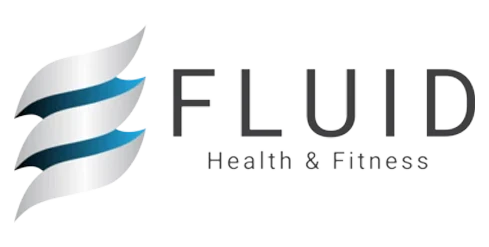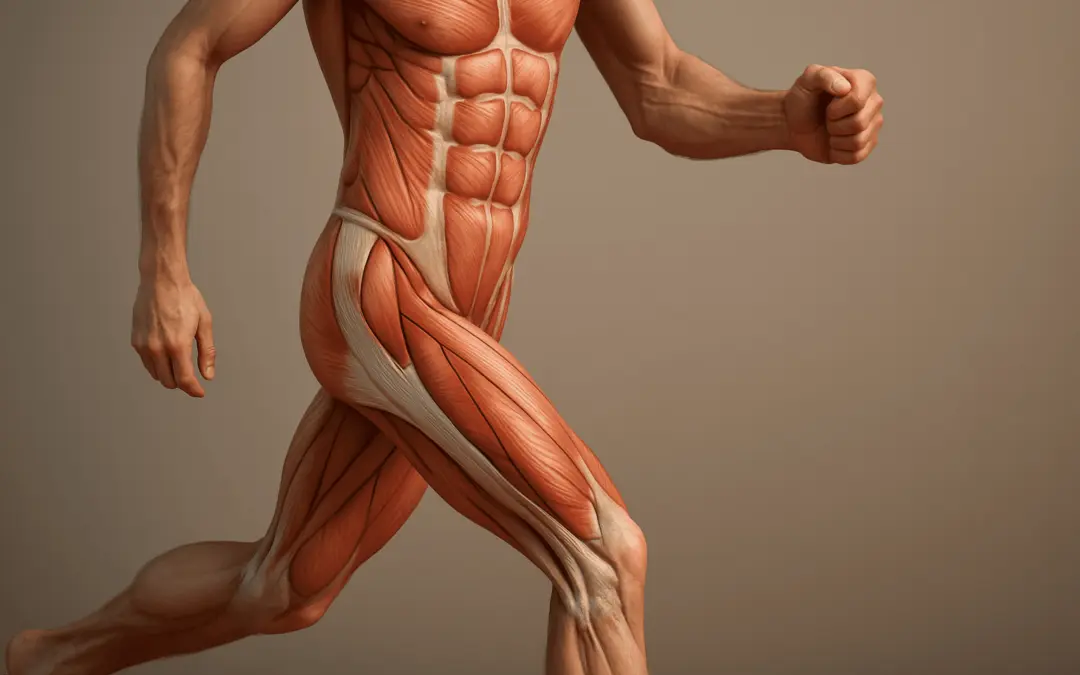Movement Starts in the Center
Before we ever walk, run, or throw, the human body learns to rotate. This begins not in the gym or on the field, but in infancy—through a deeply organized sequence of neurological and postural development known as ontogenesis.
Within this sequence, the Anterior Oblique Sling (AOS) emerges as a key player in cross-body stabilization and force transmission. This system connects opposite sides of the trunk and lower limbs through a web of muscles and fascia. It supports your ability to roll, rotate, stabilize the pelvis, and ultimately, move efficiently.
To understand the AOS fully, we must return to the neonatal reflex model, which informs the Dynamic Neuromuscular Stabilization (DNS) approach. In DNS, the quality of adult movement is traced back to the developmental patterns of infants—where efficient posture, breathing, and motor control are first learned and stored in the brain.
Why It Matters: The AOS and Rotational Foundations in Infancy
By around 5 to 6 months of age, a baby begins to coordinate contralateral movements—reaching across midline, rolling from back to belly, and rotating the trunk while keeping the pelvis grounded. These patterns are reflex-driven and breathe-dependent, forming the base for future actions like crawling, walking, and running.
This is the origin of the AOS.
In infants, the AOS is activated during diagonal patterns such as:
-
Rolling from supine to prone using opposite-side trunk and hip muscles.
-
Cross-body reaching, which trains the obliques to coordinate with hip adductors.
-
Segmental spinal control, stabilized by coordinated pressure regulation through the diaphragm and oblique system.
In adults, this same system stabilizes the spine and pelvis during walking, running, throwing, and striking—transferring rotational force from one side of the body to the other.
Core Concepts: What Is the Anterior Oblique Sling?
The Anterior Oblique Sling is a functional muscular chain, not a single muscle. It is composed of:
| Component Muscle/Fascia | Function |
|---|---|
| External Oblique (EO) | Rotates and stabilizes the trunk |
| Contralateral Internal Oblique (IO) | Assists with rotation and deep core support |
| Adductors (inner thigh) | Anchor the leg to the pelvis, stabilize during rotation |
| Anterior abdominal fascia | Connective bridge between trunk and lower limb |
The AOS in Gait and Diagonal Motion
Human walking and running are rotational in nature. Although they appear linear, each step includes subtle cross-body force transfer between the legs and trunk. The AOS plays a central role in managing this.
During the Gait Cycle:
-
Stance Phase: The AOS stabilizes the pelvis as the opposite leg swings forward, preventing excessive tilt or collapse.
-
Swing Phase: The trunk rotates subtly to allow the free leg to move forward with efficiency.
-
Trunk Coordination: EO and IO work with the diaphragm and deep core muscles to maintain trunk integrity under shifting load.
This interaction is a neuromechanical echo of the contralateral rolling and reaching patterns seen in infants. DNS teaches that unless these patterns are fully developed and restored, adult movement becomes compensatory and inefficient.
Consequences of AOS Dysfunction
When the AOS is weak or poorly coordinated, the system compensates:
| Dysfunction | Result |
|---|---|
| Pelvic instability | Hip drop, SI joint irritation, lumbar strain |
| Excessive spinal rotation | Thoracolumbar hypermobility, poor posture |
| Core disorganization | Rib flare, abdominal distension, weak intra-abdominal pressure |
| Poor gait mechanics | Side-to-side swaying, inefficient propulsion |
| Reduced athletic power | Loss of strength in striking, throwing, and sprinting |
Training the AOS with Development in Mind
Effective training begins with re-activating the reflex patterns of cross-body motion. The goal is not just to strengthen individual muscles, but to restore the neuromuscular sequencing that controls diagonal and rotational movement.
A. Foundational Activation (DNS-Inspired Positions)
| Exercise | Purpose |
|---|---|
| Supine 90/90 with Arm Reach | Reconnects obliques and adductors via breathing and limb movement |
| Side-Lying Rolling Patterns | Trains reflexive cross-body sequencing |
| Dead Bug with Band Pull | Challenges diagonal stabilization under tension |
B. Functional Strengthening
| Exercise | Focus |
|---|---|
| Pallof Press | Anti-rotation; core stability with breath |
| Cable Rotations | Controlled trunk engagement across planes |
| Lunge with Reach/Rotation | Dynamic integration of AOS during gait |
| Side Plank with Leg Lift | Oblique and adductor activation in a frontal and diagonal challenge |
-
“Breathe wide and low, then rotate.”
-
“Keep the ribs stacked over the pelvis.”
-
“Let the arm and leg connect through the center.”
Comprehension Check
-
What muscles make up the Anterior Oblique Sling?
-
How does this system contribute to stability during gait?
-
What developmental patterns in infancy lay the foundation for AOS function?
-
What happens to movement efficiency if this sling is weak or disconnected?
-
How can training restore AOS function without reinforcing compensations?
Final Takeaways
The Anterior Oblique Sling is more than a fitness concept—it’s a developmental and neurological system rooted in how the brain learns to move.
From your first roll as a baby to your stride as an adult, this sling provides rotational integrity, pelvic stability, and postural control. If it’s undertrained or poorly coordinated, the body loses its ability to move efficiently and safely under load.
By retraining the AOS through DNS-informed strategies, you restore not just strength—but intelligent, reflexive movement.
Rebuild the pattern. Restore the function. Move with control.



